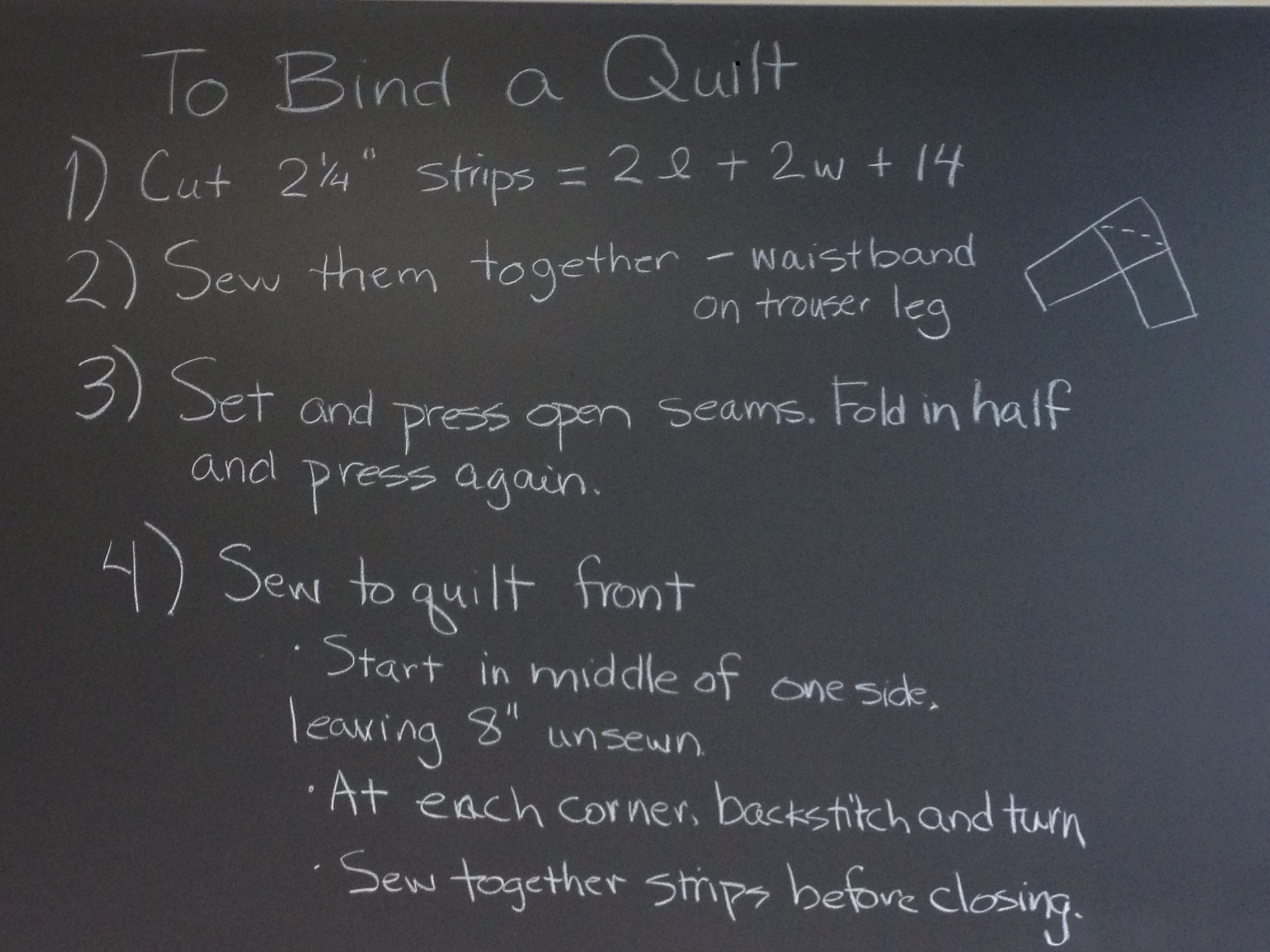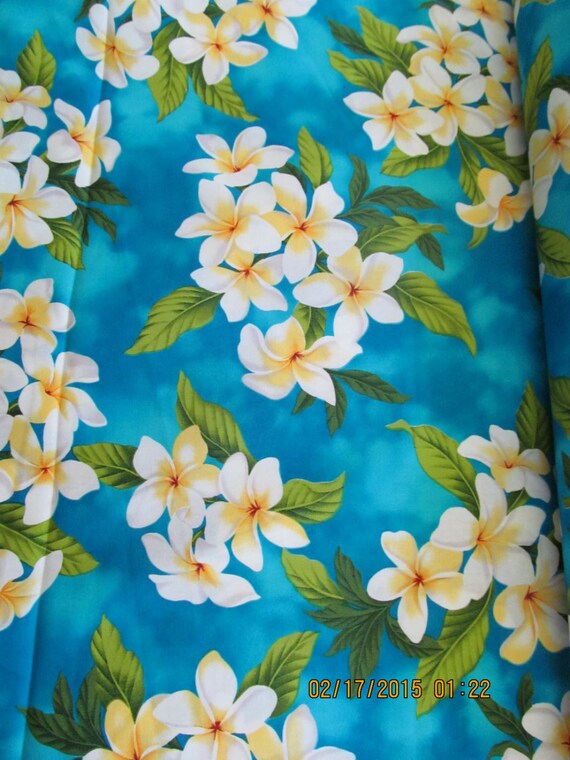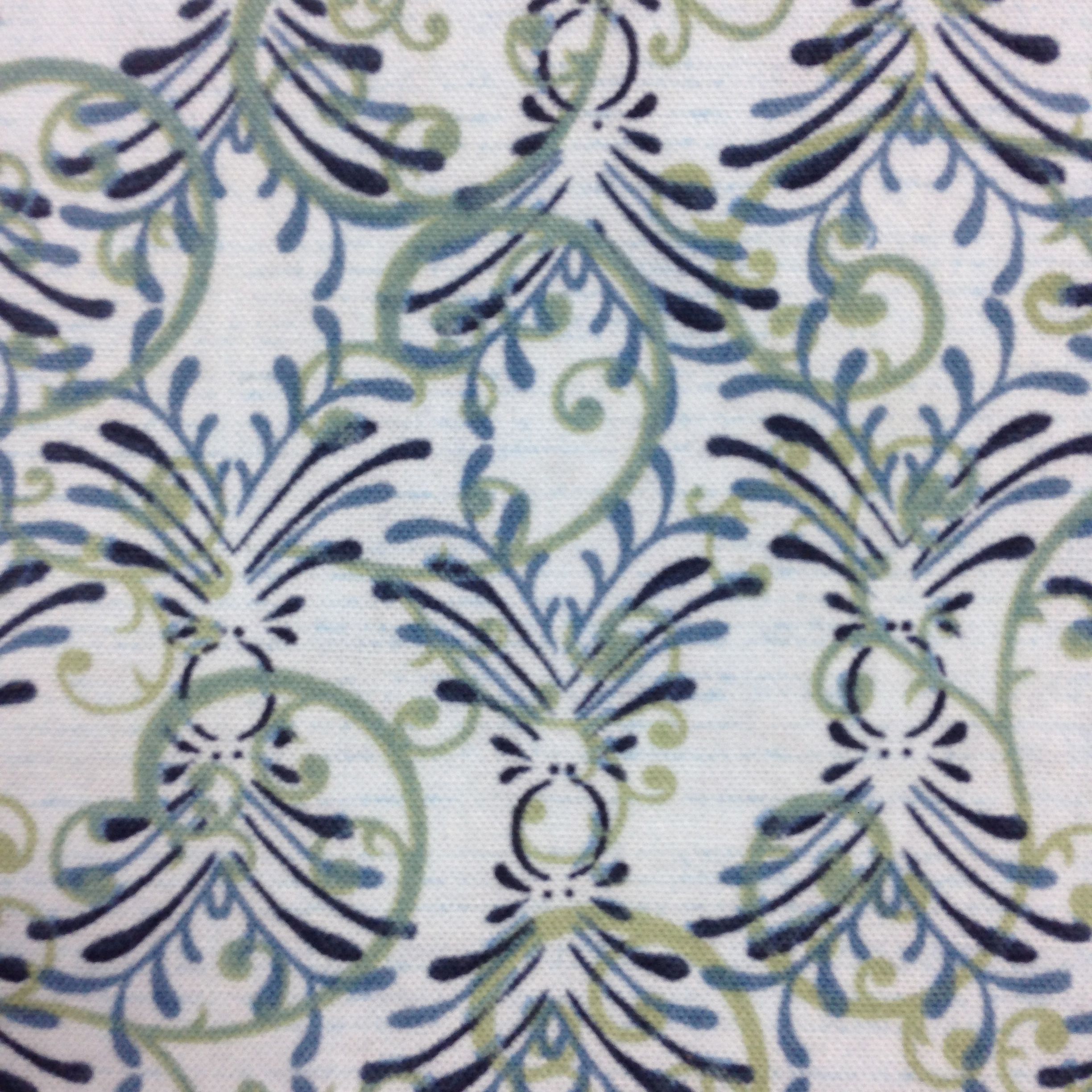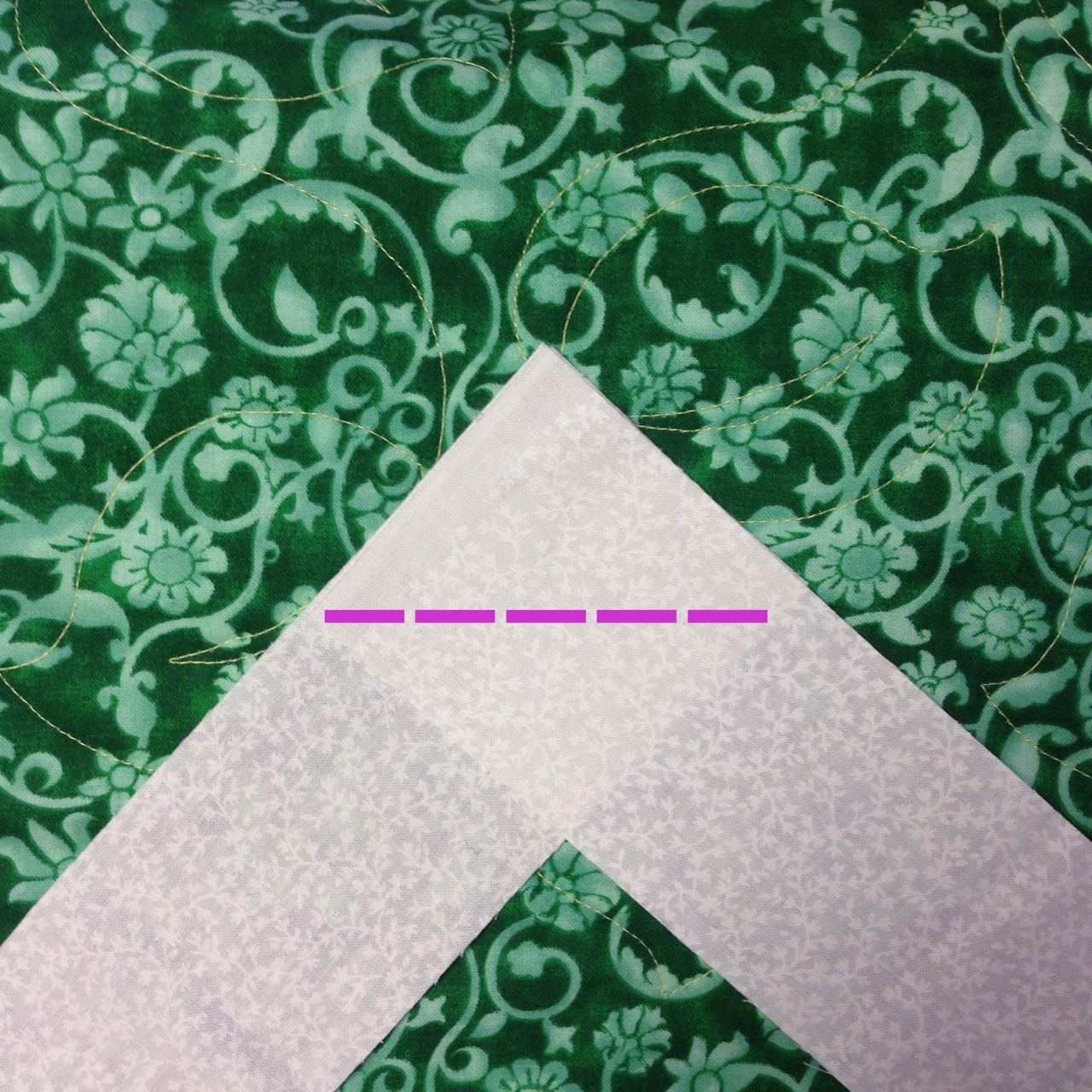Who wants precise, trimmed fabric pieces so they can start sewing blocks?
If that’s you, come on over! We have a wide range of quilt dies so you can cut quilt pieces quickly with AccuQuilt.
Louise purchased the Studio Cutter 2 shortly after Burlington Electric Quilters opened its doors. She loves the precise pieces and already-trimmed corners. Here are a couple of the quilts that used AccuQuilt for quilt piecing.
Never heard of AccuQuilt? Well, get ready for some eye-popping advantages.
- This quilting tool slices your fabric cutting time by up to 90%. Whenever she has half square triangles, the AccuQuilt is Louise’s tool of choice.
- It trims the corners of pieces, reducing the time it takes to sewing components together.
- It’s easier on your wrists and shoulders than rotary cutters.
How does it work? Watch how the AccuQuilt cutter slices so many triangles in a snap.
The AccuQuilt Studio 2 Cutter at Burlington Electric Quilters has hearts, squares, parallelograms, triangles and more shapes to meet your piecing or appliqué requirements. If you’ve got a specific block in mind, let Louise know, as she probably has the right mix of dies ready and waiting.

Ready to learn more about the AccuQuilt? Their website has plenty of how-tos, free patterns and encouragement to get you started. Then turn to your stash and play with the possibilities.
AccuQuilt pieces are a great way to use layer cake, jelly roll and charm packs – not to mention the fat quarter bundles that your stash may be hiding.
Linda C came into the studio last year and thought it was a “game changer.” Cutting half square triangles quickly excited her for new quilt patterns.
“Bring on the patterns full of Half Square Triangles,” she declared.
Maybe you don’t want to start a new quilt, but turn to your WIPs with new inspiration. Want a flying geese border for a king size quilt? Suddenly this could happen in just a fraction of the time. Or maybe you started a T-shirt quilt and haven’t trimmed the blocks. The AccuQuilt cutter makes that job easier, too.
Are you ready to cut quilt pieces quickly? The first five people who leave a comment on the blog post will receive a free hour on the AccuQuilt cutter.
Leave your comment, gather your fabrics and get ready to cut quilt pieces quickly with AccuQuilt.
















